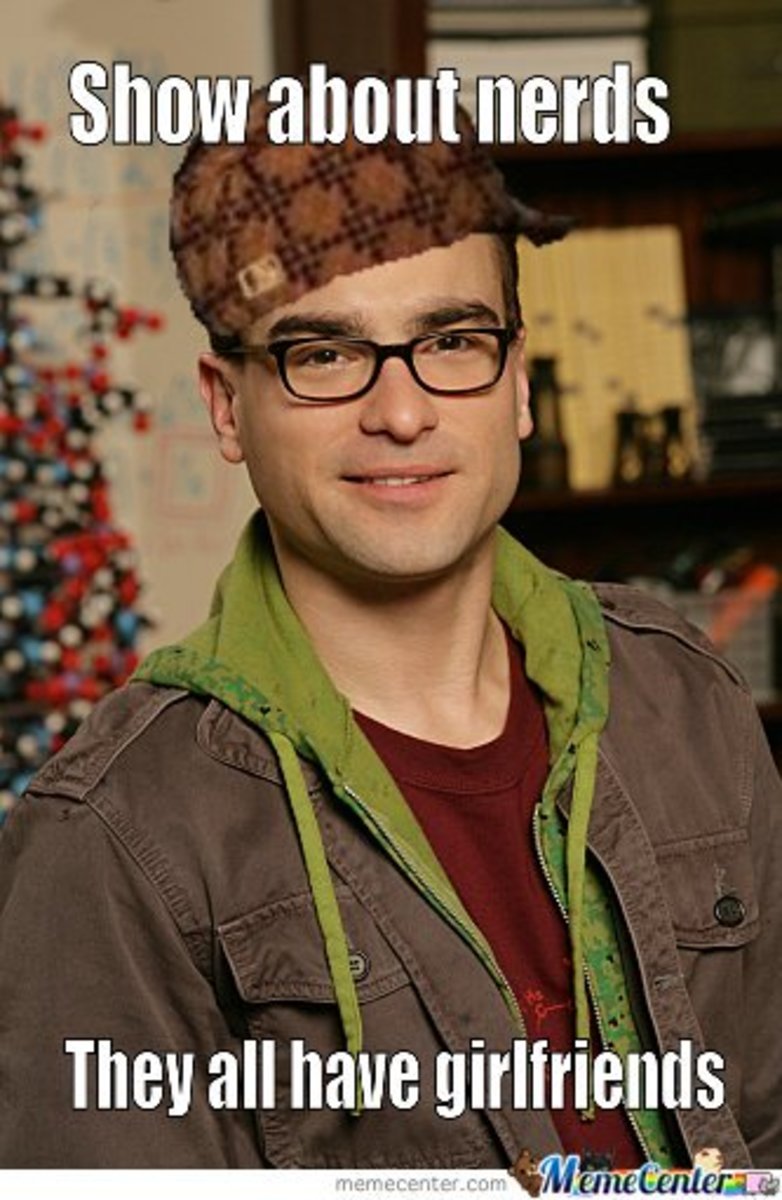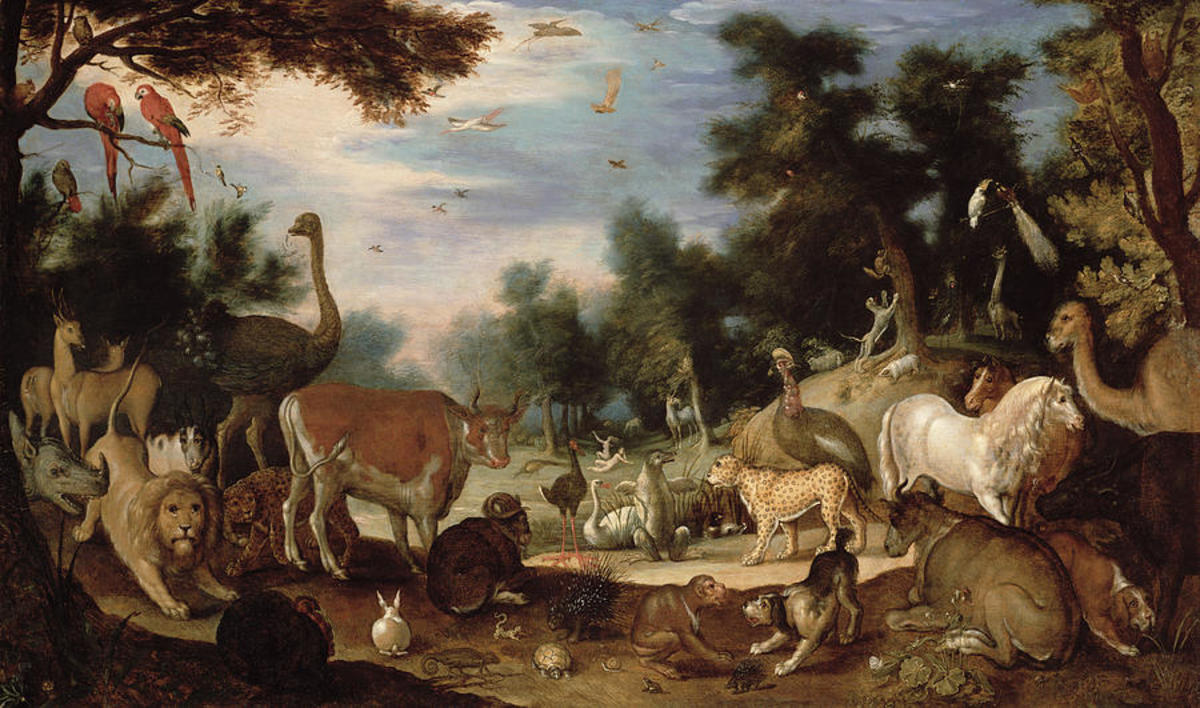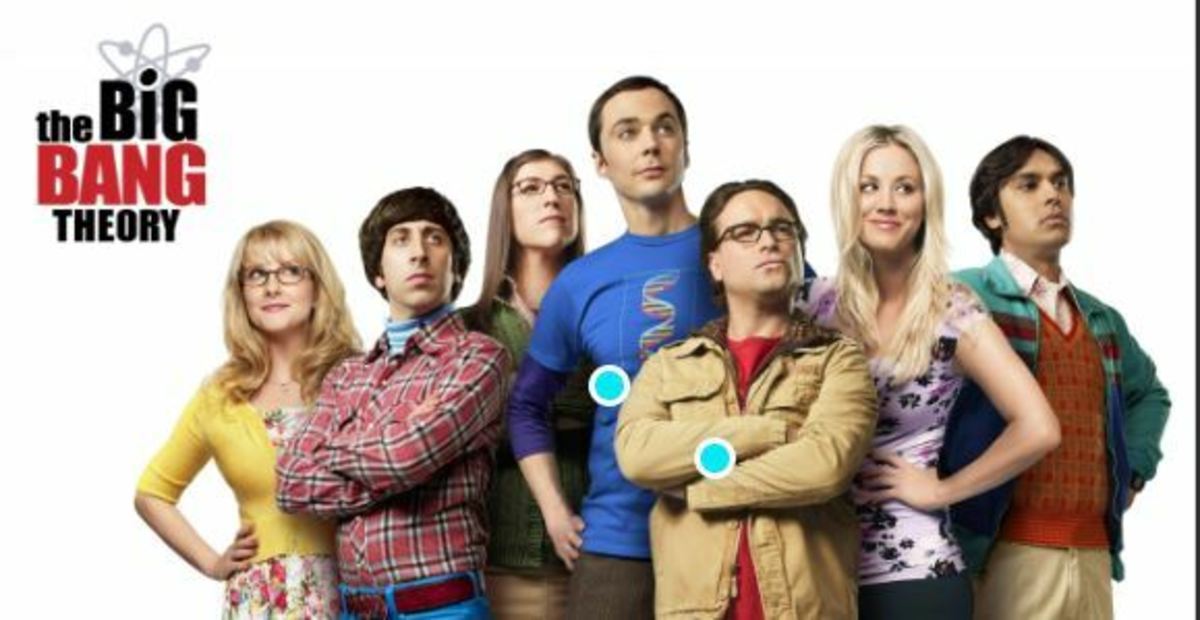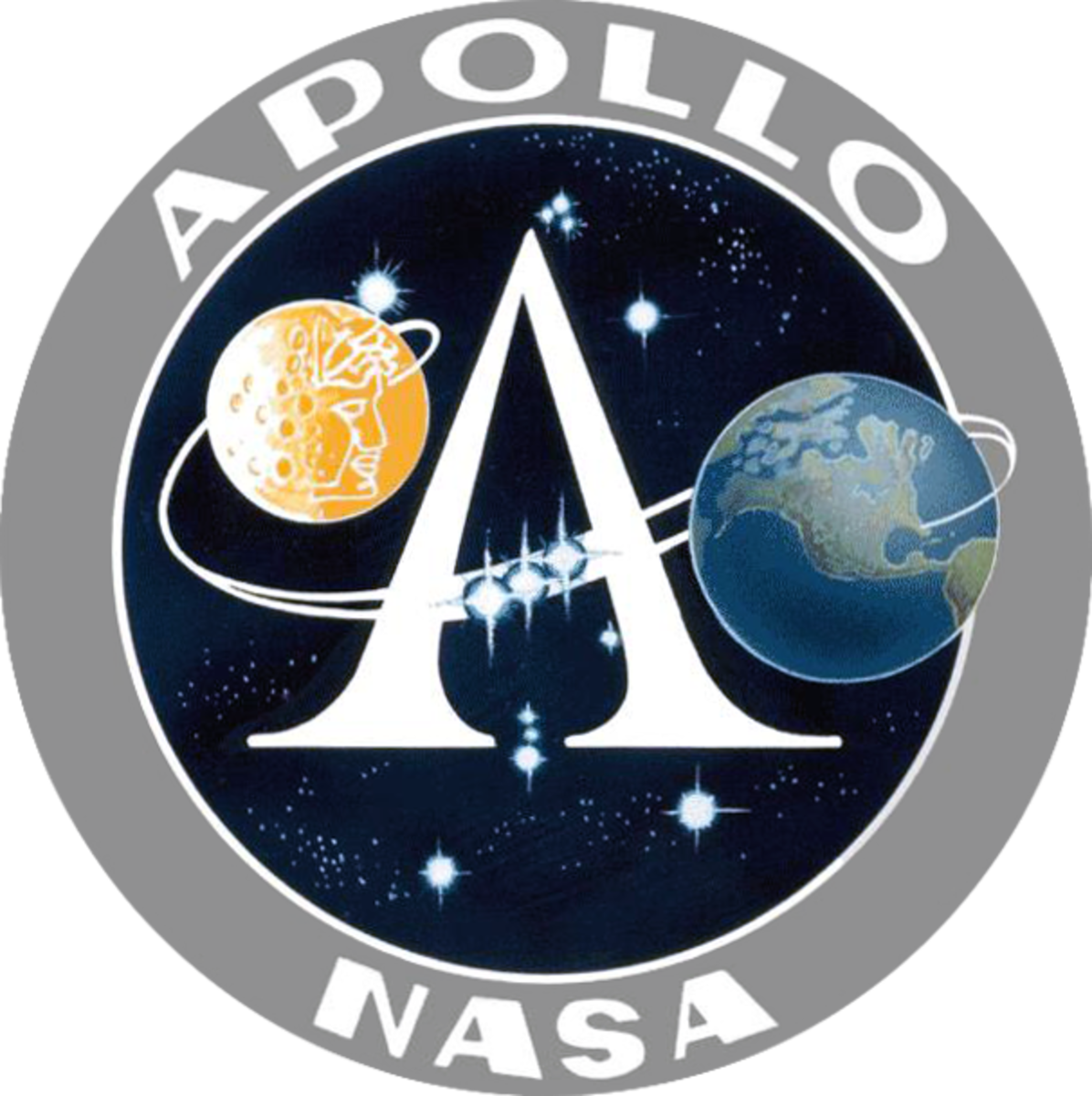The History and Development of The Big Bang Theory
Currently, what has become known as “The Big Bang Theory” has taken the forefront in scientific speculation of the early development of the universe. This once controversial theory has stood up to numerous attempts to discredit it in favor of a “steady state model” of the universe and can be supported by a number of observable phenomenons. The purpose of this paper is to show the gradual advance of this theory, beginning with Einstein’s Theory of General Relativity and will address problems with the theory that have been addressed by the introduction of “the inflation theory” of the beginning of the universe, that might be able to answer many of the problems with The Big Bang that have been encountered.

Einstein’s Theory of General Relativity was an important step toward the current cosmological theory because it modified the gravitational theory of Newton to apply in more general terms. Despite the accepted work of Newton there were problems with Newton’s theory that were still left unexplained. One example, Newton’s theory could not explain the orbit of the planet Mercury. Observation and calculations of Mercury’s orbit did not match up with Newton’s theory of gravity. A second example was the deflection of light by the sun. Einstein was the first to correctly calculate the value of light bending and confirm it through experiment. (1)
Einstein’s theory rejected the idea from Newton that gravity was a kind of “field” and instead postulated that the presence of matter bends spacetime. (“Matter tells spacetime how to bend; spacetime tells matter how to move.”) (2) The result of Einstein’s equations that he did not expect was that they did not allow for the possibility of a static universe if they were indeed true. This forced Einstein to add a constant to his equation in order to try to reconcile his theory of general relativity with the idea of a constant universe but immediately this theory set the table for speculation that would lead to the Big Bang.
Einstein’s “constant” was not meant to represent the only possible state of the universe based on his Theory of General Relativity. A number of other constants could be and were used by a number of other mathematicians to show expanding and shrinking universe models that were theoretically possible within the mathematical equations that Einstein had established. One such expanding universe was proposed by Georges Lemaitre, a Belgian Astronomer and Catholic Priest, who based his expanding universe on the scientific data that had been collected by Edwin Hubble.
Hubble, along with some other scientists, made the first measurements of the redshifts and blueshifts of galaxies beyond the milky way galaxy. These are shifts in light that occur when light coming toward or away from an object is proportionately shifted to appear more red or blue. A red shift is caused by the lengthening of the wavelength while a blue shift is caused by a shorting of a wavelength. (3) While observing these shifts Hubble and others had initially attributed them to a “Doppler Effect”, the galaxies moving through space, but in actuality they were caused by the expanding of the space between the galaxies and fit into Einstein’s equation of an expanding universe before he had added the constant. (4)
What Einstein had done was create a workable model for the universe but because that model had not fit with the one that he was willing to accept at the time he had tried to get around this implication by providing a constant that would make a steady state model for the universe possible. Hubble’s findings greatly conflicted with the notice of a static universe that was widely accepted at the time but the idea would not catch on with the scientific community until more evidence that would fit with the puzzle of the case of the beginning of the universe was established. Lemaitre proposed his “Primeval Atom” hypothesis (5) but because Hubble’s data had some equations that would conflict with already established scientific data about the age of the universe, it would be a great deal of time before this would result in an acceptance of a “Big Bang” that began the universe.
An alternative to the Big Bang model was proposed by Fred Hoyle, Herman Bondi and Thomas Gold called “The Steady State Model” in an attempt to give an alternative to “The Big Bang” and explain how the pieces of the scientific puzzle could be fit together without glaring contradiction. This model of the universe had a universe that was indeed eternal but was expanding at the same time. An explanation for this was the creation of new matter between the gaps that were steadily being created between galaxies as the universe moved these galaxies apart from each other. In this explanation the universe was able to expand but at the same time be able to retain the shape that it had always been able to have had since the very beginning. (6)
Another case for The Big Bang was made in the 1947 paper by Ralph Alpher and George Gamow. (7) While much of this theory has proven to not hold up to future experimentation, most importantly the contention that nuclei obtain one neutron at a time, the hypothesis that the amounts of helium and hydrogen within the universe would be consistent with that of the Big Bang has held up to the rigorous process of scientific investigation that has followed but even as more evidence was gathered for The Big Bang there was still not more of a case for this hypothesis then there was for other cosmological models. The Big Bang faced a number of problems that seemed to be very difficult for proponents of this cosmological hypothesis to possibly overcome.
Four problems that were proposed against The Big Bang were the “flatness problem”, “smoothness problem”, “the horizon problem” and “Monopole Problem” The issues appear to be four separate ones and in reality they are, but a single theory has been proposed in order to deal with these four problems and that is the inflation theory. The inflation theory merely states that universe underwent a rapid inflation in the very beginning that was able to then create a universe that would be able to sustain itself under the very specific circumstances that our universe would have needed to in order to have turned out the way that it did. (8)
To first address The flatness problem the main issue with this objection is that the universe would have had to expand at very specific speed in order to keep from resulting in a collapse either because the expansion had occurred too quickly or too slowly. The problem is that this speed would have resulted in a very flat universe that was not like the one in which we currently know. The idea is that this inflation will create these perfect conditions that are able to allow for the resulting universe that we currently live in to exist but not to allow the conditions that result in a collapse to occur either.
Inflation works by creating this balance of conditions to result in the very specific universe that we now live in when the conditions of The Big Bang seem chaotic enough to have produced any number of varying different universes under a number of very different circumstances. The smoothness problem is caused by the fact that the early universe had to be “highly uniform but not too uniform” (9) while the horizon problem shows that very similar physical properties exist within the physical universe in portions that have supposedly never had contact with one another. In the case of The Monopole Problem there is an issue with the extreme heat that would have resulted in the Big Bang creating magnetic monopoles that would now be easily found in the existing universe but despite the best efforts of scientists have yet to come up.
While looking at the ideas of inflation we have many things to speak highly of it. There is nothing about the physical universe as we observe it that would currently dismiss inflation outright and as it stands now it could provide an explanation for such problems as the lack of magnetic monopoles in our current universe. The main problem that Michael Lockwood seems to have with this theory is how its status as a quick fix leaves something to be desired. Lockwood sees this explanation still at the theoretical level at the early point and applies a criticism. (10) As of now it makes a good hypothesis that can be used to fit into the puzzle of known events but it still has yet to show an ability to predict anything about our known universe. Instead it has merely been wheeled in to explain the elements that did not fit with the previous hypothesis.
This seems as if we are left with a highly improbable explanation of how this universe, which has the ability to sustain life, has been created. Lockwood brings out the “Anthropic Approach” in which we consider that the very fact that we are living beings here to consider the improbability of a universe that was able to create living beings is itself a reason for us not to be surprised. Even if the existence of such a universe was extremely improbable the only kind of universe where such a probability could even be contemplated is one in which intelligent life was able to exist. (11)
It is important for science to consider the evidence as it is observed and not to try to examine the evidence based on what might have happened. The importance of science comes in its ability to predict what will happen but in a case such as the inflation theory we have a problem that when we examine the extreme improbability of the events that we have seemed to have pieced together, we only have one to compare it to. We do not have a separate universe to compare our own to, or better yet, hundreds of universes, so while looking at the inflation theory we must consider this as a bit troubling while trying to piece together the events that led to the creation of our universe.
Lockwood uses the theory proposed by Lee Smolin that states that when a black hole comes into existence it results in its own “universe” that cannot be observed by the parent universe. (12) The interesting idea that emerges from this theory is that universes that have life already capable of existing would likely produce universes that themselves are life producing universes and so on. In this way we could come to terms with the extreme unlikelihood of this current universes existence by giving us a way in which one universe could essentially “give birth” to a new universe that shares its characteristics. In this way we could explain how the very specific kind of circumstances in our own universe occurred without having to rely on what Lockwood calls “a fluke.” (13)
While the inflationary explanation for The Big Bang may at first have seemed like a “quick fix” solution or as Lockwood would have called it “a fluke” we have since seen it show some ability to predict. This, as has been mentioned before, is the primary value that science is able to provide for society. The inflation theory has continued to hold up after providing filling for the holes in hypothesis because it has been able to correctly provide the results of a number of tests that have been conducted in Antarctica.
By using balloons in experiments scientists were able to correctly predict five elements that were able to support the inflationary theory and further help to lend support to the overall cosmological theory of The Big Bang. (14) While unknowns are still numerous in trying to put together a workable theory of the universes beginnings the experimental evidence continues to give credence to the Big Bang and to show that the theory of inflation is a course of study that scientists should use as a basis for further observation of how the universe came to be in experiments such as The Large Hadron Collider.
1. John Gribbin. Science: A History (Penguin, 2003) 581
2. Gribbin, 595
3. Gribbin, 590-592
4. Gribbin, 596
5. Gribbin, 587
6. Gribbin, 596
7. Gribbin 599-600
8. Michael Lockwood. Labyrinth of Time (Oxford, 2007) 100
9. Lockwood, 100
10. Lockwood, 101
11. Lockwood, 103
12. Lockwood, 103-105
13. Lockwood, 105
14. Lockwood 108-109








